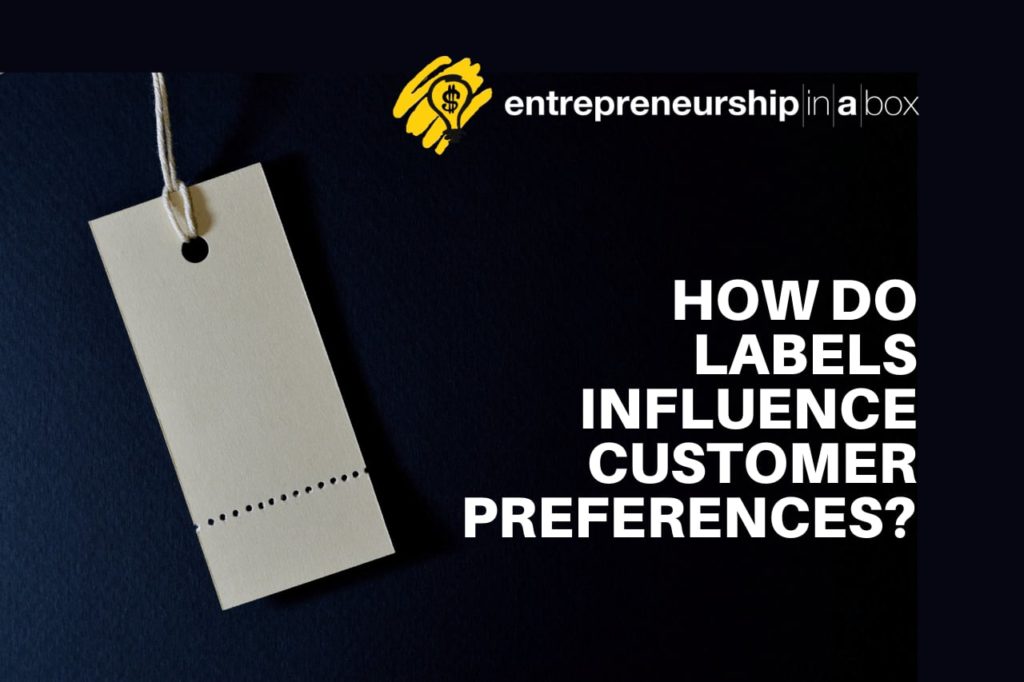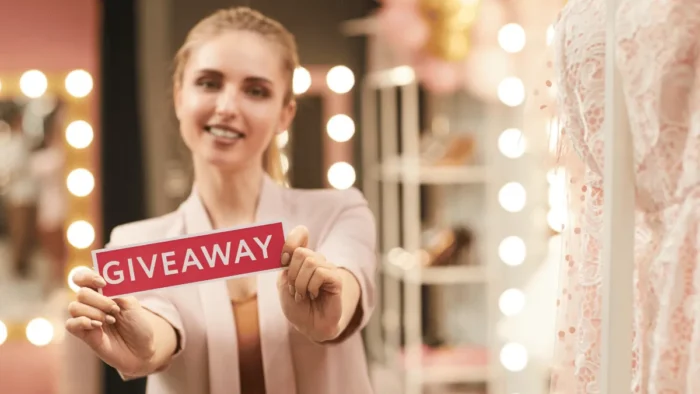An idea is enough to start something new. However, if you are not employing the right techniques, the idea will soon fade away without making any impact. And if you are a part of an industry that requires packaging or labels, the first thing that impacts your sales would be its visual appeal.
Yes! Industries like food, medical, wellness care, and shipping have to consider a lot in making their product packaging and label attractive to influence consumers’ purchasing decisions. Years of research confirmed that what’s outside weight is equally important to what’s inside a product.
Don’t you find it believable? Read the facts below.
- Research confirms that approximately one-third of the product decision-making process relies on finalizing the right packaging. It goes without saying that a strong branding and good packaging design portray high-quality ingredients or contents inside.
- Your consumer will take less than 7 seconds to make their decision, and product packaging has a significant role to play in swaying the consumers towards your brand.
Brands in the CPG industry understand the importance of packaging or labels to grab the consumers’ attention. If you are new to this industry and have no idea how different factors of label designing can influence your consumers’ decisions, let us help you decode it right here.
Color Evokes Feelings
This is a prominent factor that influences your customers’ decisions. In fact, it’s an important factor that creates the first impression. And it’s also the factor that relays a message clearly. Hence, color choices must be deliberate and must have some purpose.
For instance, green always portray thoughts like a healthy lifestyle, freshness, or sustainability. That’s why companies associated with similar thought processes often use this color as a part of their label. Other examples include— red evoking emotions like boldness, yellow is associated with clarity or happiness, orange conveys a feeling of confidence or warmth, to name a few.
In general, vibrant colors usually attract younger audiences, and neutral shades engage well with mature consumers. Further, shades like gray or blue attract mostly men, while pink and purple work well with brands targeting women.
It doesn’t end here!
The amount of color also influences consumer behavior. So, if you want your product to excel in the market, you must take into account color psychology and trigger the right emotions.
Your Product’s Message is a Vital Part of Sales Process
Most companies ignore this part and only focus on creating better label designs and color schemes. However, the content on the label plays an essential role in communicating your message.
And if you go wrong there, your product sales will automatically decrease. Let’s consider two crucial sub-factors that you must never miss out on.
- First of all, the font of your packaging must be right to capture the attention of your consumer. It communicates the product’s personality in the best possible way. Readability and font size holds a lot of importance. Try not to use any outdated fonts, or it will turn your buyer away.
- Secondly, you must include the information that will influence your consumers to buy your product. For instance, is it tasty or useful or introduces something different in the market, information like that will increase sales.
- Lastly, your label must include regulatory compliance information, such as certification or warning signs. Also, it must stay in compliance with federal, state, or local laws. So, you must print labels accordingly and increase the chances of product acceptance. Any relevant information, when missed, would automatically drive your product towards a loss.
That’s not all!
With so many changes in the field of product marketing, choosing the age-old label templates won’t be beneficial for today’s customer base. Doing so will hamper your company’s growth and marketing efforts.
What’s the point in investing thousands of dollars in product marketing when people won’t like it because of the appearance? So, experts suggest going for personalized or customized labels.
Why? Let’s find out more now!
Personalized Labels- Why Should You Opt For One?
Such labels allow you to brand your products as per the preference of your consumers. In short, it’s an excellent technique to connect and engage with your customers. How? Because it helps businesses to improve brand loyalty and decrease the factors influencing shelf purchasing decisions.
The more connected they feel, the more are the chances that they will talk about you on different platforms, especially social media.
Not only that, but it also has other advantages.
- With so many products in the market, the only way to decide what’s best or bad depends on its appearance. And using customized labels, you can improve customer satisfaction and thereby loyalty.
- It will help to personalize your brand experience. You can use the same design or color for your marketing campaigns as well to attract more customers. This will allow them to differentiate your brand from your competitors.
In short, it will fit the needs of your business and customers alike. And adding relevant information specific to your product will further enhance the chances of getting the right message across.
In The End- It’s All About Right Marketing Techniques
We live in an age where customers first engage with the marketing efforts, and then they decide on their final purchase decision. Using product labeling allows companies to foster a healthy connection with their brand.
Plus, with customized labels, you can easily take hold of a larger market share by positively influencing customers. And with your business logo and name on the products you are trying to sell, this particular strategy will help you gain traction with minimal effort.
And the best part is they are relatively easy and can get things done within no time, especially if you have the right vendor with you. Remember, businesses today manufacture similar products. The difference lies in the appearance. If you can attract your end-users, it will give the desired boost to your company’s revenue. Isn’t that what you aim for when designing a product and its packaging in the first place?





